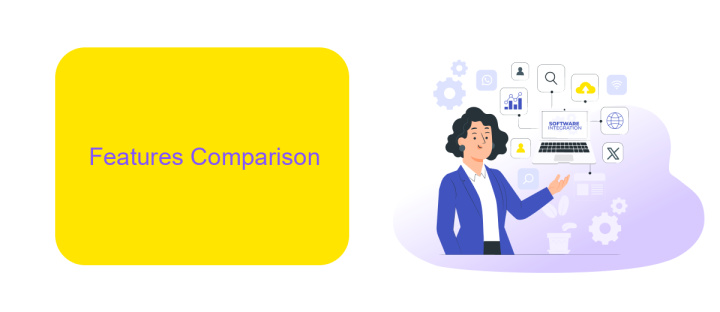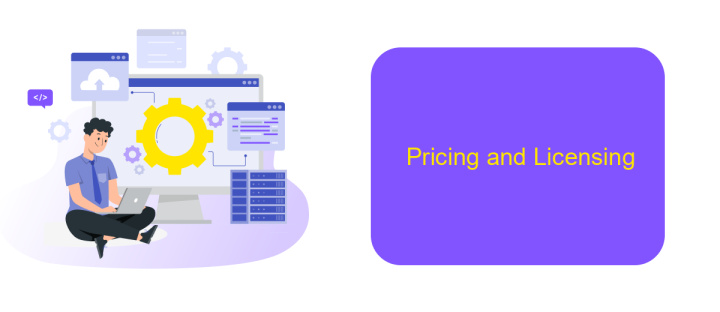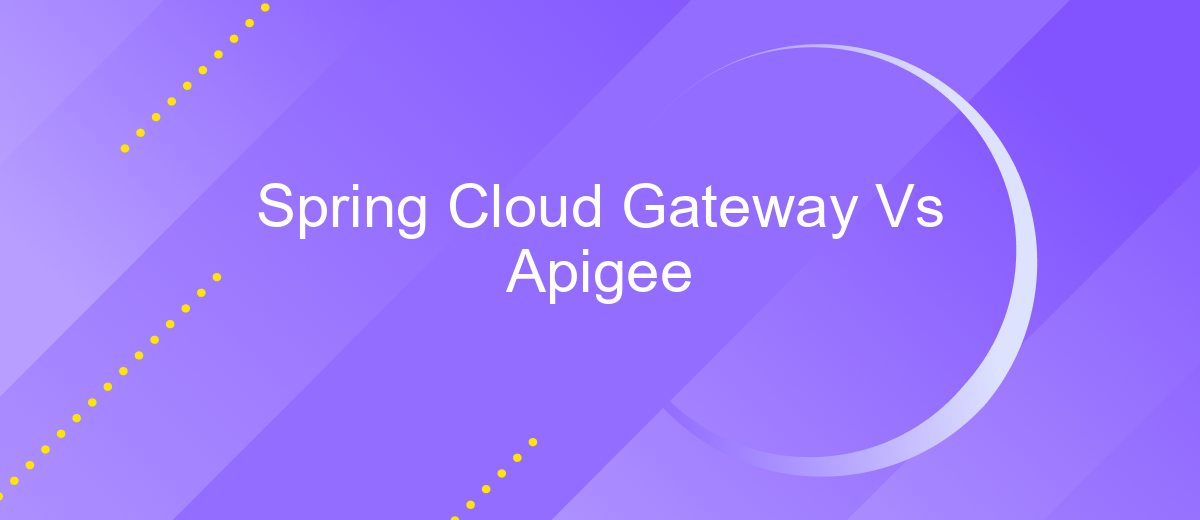Spring Cloud Gateway Vs Apigee
In the rapidly evolving landscape of API management and microservices architecture, choosing the right gateway can significantly impact performance and scalability. This article delves into a comparative analysis of two prominent API gateway solutions: Spring Cloud Gateway and Apigee. By examining their features, capabilities, and use cases, we aim to provide insights that will help you make an informed decision for your enterprise needs.
Introduction
In the rapidly evolving landscape of microservices and cloud computing, choosing the right API management solution is crucial for ensuring seamless integration and scalability. Spring Cloud Gateway and Apigee are two prominent options that cater to different needs and preferences. This article aims to provide a comparative analysis of these two platforms to help organizations make an informed decision.
- Spring Cloud Gateway: An open-source, lightweight API gateway designed for microservices architecture, offering features like routing, filtering, and resilience.
- Apigee: A comprehensive API management platform by Google Cloud, providing advanced analytics, security, and monetization capabilities.
Both Spring Cloud Gateway and Apigee have their unique strengths and use cases. While Spring Cloud Gateway is ideal for developers seeking a flexible and customizable solution, Apigee excels in offering robust enterprise-level features. Additionally, services like ApiX-Drive can further enhance integration capabilities by automating workflows and connecting various applications seamlessly. Understanding the specific requirements of your project will guide you in selecting the most suitable API management tool.
Features Comparison

Spring Cloud Gateway offers a range of features focused on providing a simple, yet powerful way to route and manage API traffic. It leverages the Spring ecosystem, making it highly customizable and well-integrated with other Spring projects. Key features include dynamic routing, path rewriting, and built-in support for various filters and predicates. Additionally, Spring Cloud Gateway allows for easy integration with external services, such as ApiX-Drive, to streamline API management and automate workflows.
Apigee, on the other hand, is a full-fledged API management platform designed for enterprise-level applications. It provides advanced features such as API analytics, developer portals, and monetization options. Apigee also supports extensive security measures, including OAuth, JWT, and API key validation. Its robust policy framework enables fine-grained control over API behavior. While Apigee may require a steeper learning curve, it offers comprehensive tools for managing large-scale API ecosystems, making it suitable for organizations with complex API requirements.
Use Cases

Spring Cloud Gateway and Apigee are both powerful tools for managing and routing API traffic, but they serve different use cases based on the needs of the organization. Spring Cloud Gateway is often preferred by developers who are building microservices architectures in a Spring ecosystem. It provides a flexible way to route requests, handle cross-cutting concerns like security, and manage API traffic within a cloud-native environment.
1. **Microservices Architecture**: Spring Cloud Gateway is ideal for organizations that have adopted a microservices architecture and need a lightweight, customizable gateway solution integrated with Spring Boot applications.
2. **API Management**: Apigee excels in scenarios where comprehensive API management is required, including analytics, monetization, and developer portal capabilities.
3. **Integration Needs**: For businesses requiring seamless integration between different services and applications, tools like ApiX-Drive can be utilized to automate and streamline these processes, enhancing both Spring Cloud Gateway and Apigee implementations.
In summary, the choice between Spring Cloud Gateway and Apigee largely depends on the specific requirements of the organization. Spring Cloud Gateway is more suited for development-focused environments with microservices, while Apigee offers robust API management features for larger-scale enterprise needs. Additionally, leveraging integration platforms like ApiX-Drive can further optimize the deployment and management of these gateways.
Pricing and Licensing

When considering the pricing and licensing options for Spring Cloud Gateway and Apigee, it's essential to understand the different models each platform offers. Spring Cloud Gateway is an open-source project under the Spring ecosystem, which means it doesn't have a direct licensing cost. However, enterprises might incur costs related to infrastructure, maintenance, and support services.
On the other hand, Apigee, a product from Google Cloud, follows a subscription-based pricing model. Apigee offers various pricing tiers based on the number of API calls, with additional costs for advanced features and enterprise-level support. This model allows businesses to scale their API management costs according to their usage and needs.
- Spring Cloud Gateway: Open-source, no direct licensing cost, potential infrastructure and maintenance expenses.
- Apigee: Subscription-based pricing, costs vary by API call volume and feature set, includes enterprise support.
Additionally, integrating these platforms with other services can enhance their functionality. For instance, using ApiX-Drive can simplify the integration process between various applications and services, offering a more streamlined and efficient workflow. This can be particularly beneficial for businesses looking to optimize their API management and integration capabilities.
Conclusion
In conclusion, both Spring Cloud Gateway and Apigee offer robust solutions for API management and gateway functionalities, each with its unique strengths. Spring Cloud Gateway excels in providing a lightweight, developer-friendly environment that integrates seamlessly with Spring Boot applications, making it ideal for microservices architectures. On the other hand, Apigee stands out with its comprehensive features for API analytics, security, and monetization, which are crucial for large-scale enterprise applications.
When choosing between these two, it is essential to consider the specific requirements of your project. For instance, if you require extensive analytics and advanced security features, Apigee might be the better choice. Conversely, if you seek a more streamlined and developer-centric approach, Spring Cloud Gateway could be more suitable. Additionally, integrating a service like ApiX-Drive can further enhance your API management by providing seamless integration capabilities, ensuring that your APIs are connected and functioning optimally across various platforms.
FAQ
What are the main differences between Spring Cloud Gateway and Apigee?
Which one is better for handling large-scale API traffic?
Can both Spring Cloud Gateway and Apigee be integrated with CI/CD pipelines?
Which one offers better support for security features like OAuth2 and JWT?
Are there services available to automate and streamline the integration and deployment of these API gateways?
Do you want to achieve your goals in business, career and life faster and better? Do it with ApiX-Drive – a tool that will remove a significant part of the routine from workflows and free up additional time to achieve your goals. Test the capabilities of Apix-Drive for free – see for yourself the effectiveness of the tool.

